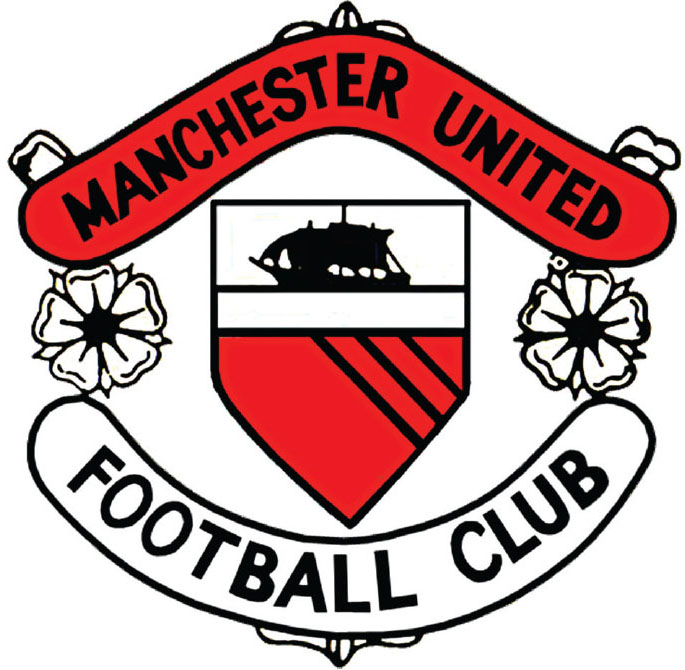
MANCHESTER UNITED
THE RED DEVILS FROM MANCHESTER
The club started life as Newton Heath in 1878, becoming Manchester United only in 1902, when their red and white kit was created. United have become one of the world’s biggest clubs, although the team will always be associated with the tragedy of the Munich air disaster. Among the 23 people who died were 8 players, including Duncan Edwards and club captain Roger Byrne.
The disaster forced the club to start from scratch. Among the survivors were Bobby Charlton and the manager Matt Busby. Both would be part of Manchester United’s European Cup final team 10 years later in 1968, when they beat Benfica, winning their first trophy in the tournament – and indeed the first for any English club. It was proof that the club had fought their way back. Without Matt Busby, United might never have picked themselves up after Munich. The legendary manager laid the foundations for the great club that Manchester United is today.
It was a great club, and grew still greater under Alex Ferguson. Indeed, it became synonymous with him. The Scot took over the team in 1986, when they were second to bottom of the table. After he had saved the club from relegation, results deteriorated again and in the winter of 1989 some fans were calling for his dismissal. United, however, were patient and Ferguson went on to reward this patience by leading them to 38 trophies in 26 years. Among them were an unprecedented 13 league titles, five FA Cups and two Champions League titles, an inheritance worthy of Sir Matt Busby. After Ferguson had said his farewells in 2013, a number of great names have tried to take United back to the top of the table, but the board has not yet shown them the same forebearance as they did to Ferguson.
CLUB: Manchester United FC
NICKNAMES: United and The Red Devils
FOUNDED: 1878
STADIUM: Old Trafford, Manchester (74,994 capacity)
HISTORIC PLAYERS: Bobby Charlton, George Best, David Beckham, Paul Scholes, Ryan Giggs, Wayne Rooney, Cristiano Ronaldo and Paul Pogba

1948–1969. Oddly enough Manchester United have shared an emblem with their arch rivals Manchester City. Like many other clubs, United didn’t have their own emblem but like their neighbours they used the city crest on occasions such as FA Cup finals.

1969-1970. At the end of the 1960s, United created their first club crest, one inspired by the city crest. The ship symbolises the trade that has been conducted in the city. The diagonal stripes originated from the regional feudal family, the Grelleys. For some reason, the club chose white for the roses – like those of Yorkshire, although Manchester is in Lancashire. The logo was never transferred to match jerseys, but was the club’s official emblem up to 1970. There are various suggestions for the date when it was first used.

1970-1978 and 1979-1998. The club’s nickname, the Red Devils, was coined by Matt Busby himself and became an important part of the emblem in the early ’70s. The devil replaced the earlier shield and the roses were replaced by footballs. This emblem was temporarily rested during the centennial in 1978/79.

1998–present. To the great annoyance of the fans, ‘Football Club’ was removed from the badge just before the new millennium. This was done to make the brand more internationally viable and simpler to print. Ironically enough, Ed Woodward, vice chairman, has said that owners Avram and Joel Glazer may consider reinstating ‘Football Club’ in the crest because ‘Manchester United is a football club and not a company.’

Eric Cantona stretches for the ball in 1994. Sir Matt Busby was responsible for the club’s Red Devils nickname and therefore its subsequent incorporation into the club crest. He thought it would be intimidating to opponents.